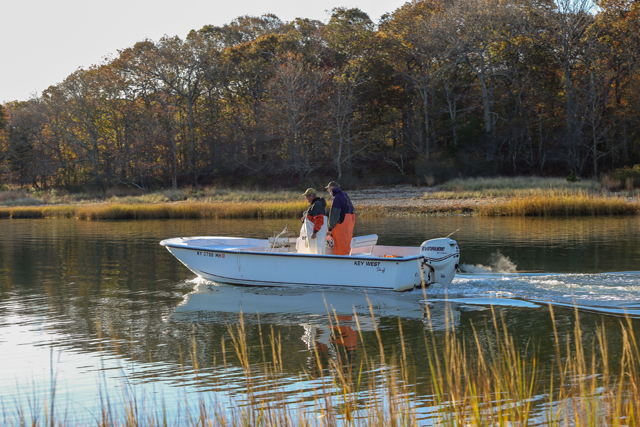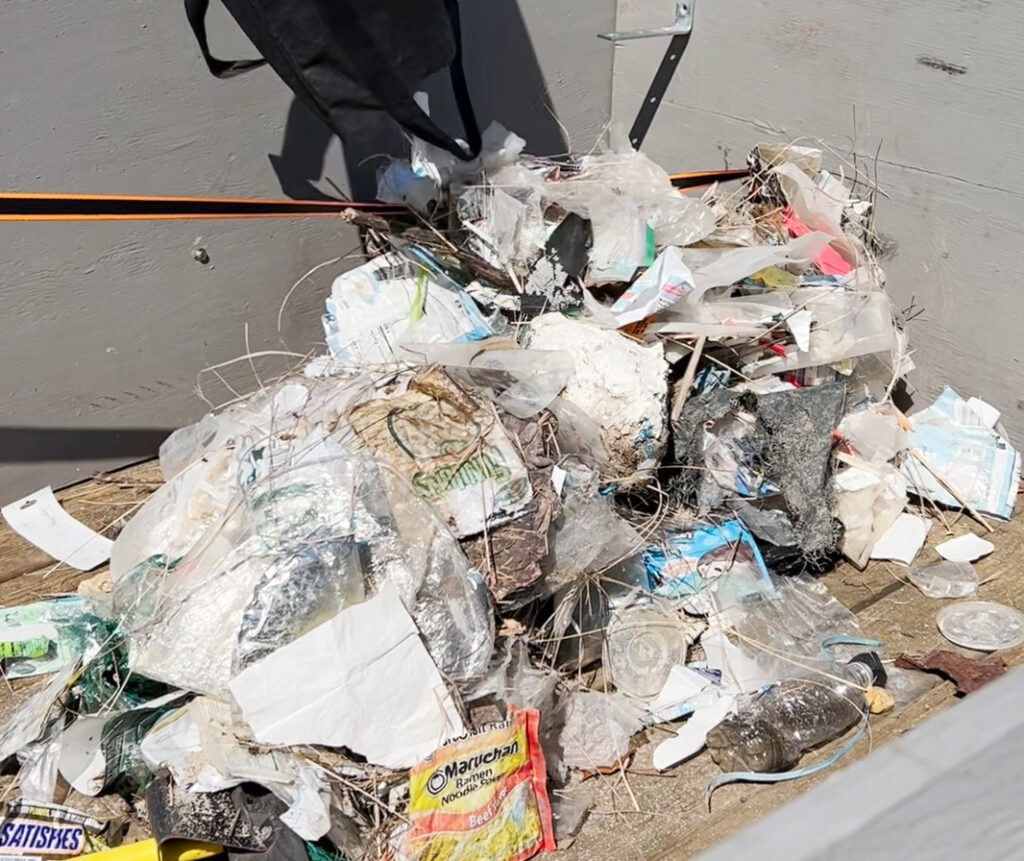Slim pickings on opening days of scallop season


Donna King of Shelter Island said she and her husband Wayne couldn’t have asked for a better day as they set out at sunrise Monday from Congdons Creek for Orient Harbor.
The weather was perfect on the official opening for scalloping in state-controlled waters. There was no wind, mild temperatures for November and bright sunshine as they started dredging for the delicious — and for those who work on the water — profitable bivalves.
There was only one downside.
“There were no scallops,” she said.
Well, almost none. “We left at 6:30 [a.m.] and got back at 2:30 [p.m.] and didn’t get half a bushel, or half a wire basket,” Ms. King said.
There were boats coming and going at Orient she added, but “people were getting 11 or 12 scallops. They’re just not there.”
That was the consensus for all those who went out scalloping across the East End this week and at the markets they sell to.
At both Braun Seafood Co. in Cutchogue and Southold Fish Market no scallops had been delivered by mid-afternoon. When they finally received some inventory, Braun was selling them for $30 per pound. By mid-afternoon Tuesday, the market had just one bushel crews had opened.
Braun owner Ken Homan said he heard some baymen were bringing home so few scallops they were selling to neighbors instead of markets.
Because bay scallops live for just 18 to 22 months and reproduce only once, they are particularly susceptible to population fluctuations and the harvests have always been cyclical. Environmental factors are in the mix to determine whether it’s feast or famine for baymen looking for a good catch.
Bay scallops were nearly driven to extinction due to “brown tide” algal blooms that affected bay waters from 1985 to 1987 and again in 1995. The collapse of the scallop population in the late 1980s was a calamity that brought the New York State Department of Environmental Conservation and the baymen together in agreement that scalloping season had to be changed to maximize the chances for scallops to spawn.
But those environmental factors, such as runoff from fertilizers and antiquated septic systems, have hurt the fishery during some recent years.
Charlie Manwaring, owner of Southold Fish Market, said those down years have economic consequences for the baymen, markets and local restaurants.
“It just hurts everything,” he said. “You don’t realize how big that one season is.”
Veteran Shelter Island bayman Skip Tuttle described opening day with one word: “awful.” He, along with Ms. King, blamed fertilizer runoff used on waterfront lawns, among other factors, including the change over the years in water temperatures.
“The water’s been so warm,” Ms. King said.
Many baymen didn’t go out for scallops Monday, and John Kotula of Shelter Island was one of them.
“From what I heard, and by my own reconnaissance, I didn’t think it was worth it,” Mr. Kotula said. “On top of it, I had some mechanical problems.”
If his research and other signs showed a good crop of scallops to be harvested, would he have found a way to get out on the water?
“Yes,” Mr. Kotula said.
Caption: Baymen Ed Clark and Rollie Clark leaving from Congdons Creek Monday morning for scallops. (Credit: Beverlea Walz)
With reporting from Kate Nalepinski and Steve Wick.








